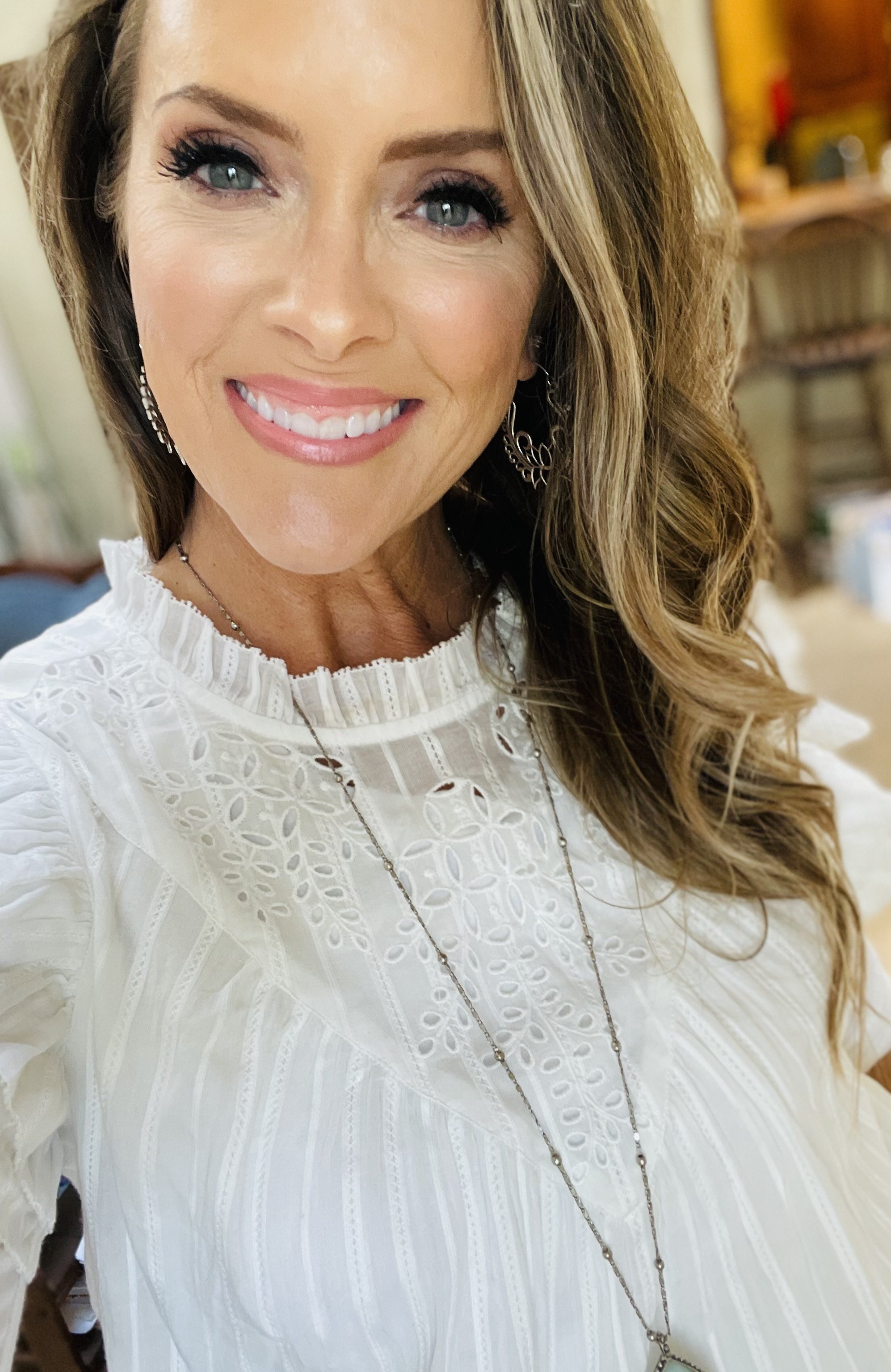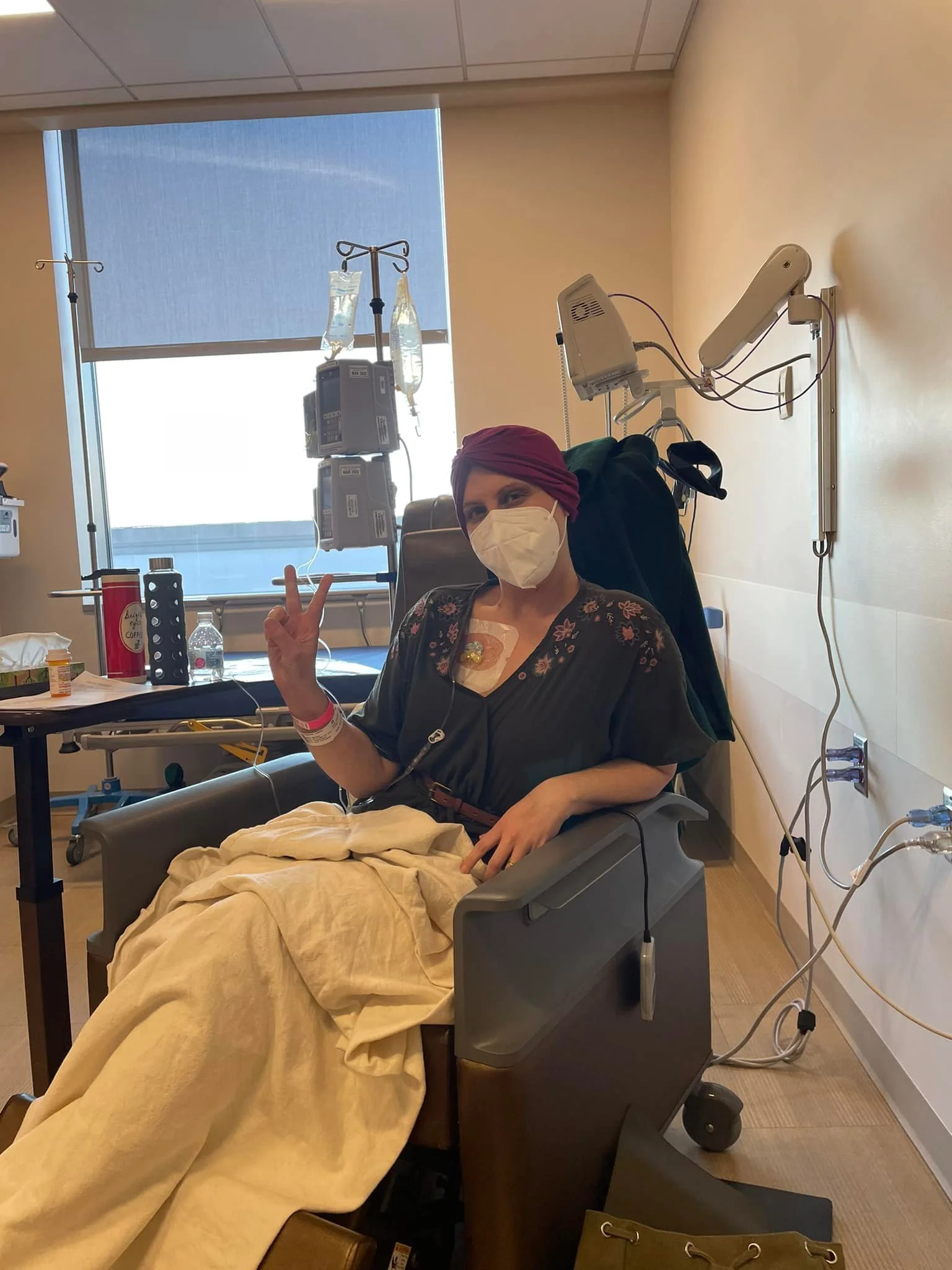Today is World Mental Health Day, per the World Health Organization. The goal is to raise awareness of mental health issues around the world and to mobilize efforts in support of mental health.
This begs the question: how’s your mental health?
It’s true: We talk a lot about physical strength in fitness. But what good is physical prowess if you don’t have the mental strength to back it up? I believe the latter is an important piece of the wellness puzzle, even if it’s easier said than done.
Changing your outlook requires more than surface-level work. Instead, it means honing certain habits that can improve our mental and emotional dimensions of health. Here are a few ideas:
1. Practice mindfulness.
If you struggle with persistent negative thoughts, meditating can help you redirect. You might find you experience reduced stress, anxiety, and depression, as well as better sleep and lower blood pressure. Do you want to get started? Check out this blog for some ways to adopt a healthy mindset.
2. Stay active.
The mind-body connection is real and powerful. That’s why most people feel their best physically and mentally when they’re consistent with a program. Aim for at least five days of exercise per week, with a minimum of 30 minutes per day.
If you’re short on time or don’t have a gym membership, no worries! Go for a walk with your dog, partner or friend. Get lost in the woods on a hike. Just keep this in mind: it’s important that you find an activity you really enjoy so your brain will form a positive association.
3. Ask for help when you need it.
If you haven’t been feeling your best, you don’t have to continue down that path. It’s a healthy practice to seek support from the caring people in your life. It could be as simple as sharing the day’s frustrations with a friend or requesting time off at work.
4. Find your people.
Friends make life sweeter and can help you see problems from different angles. Wherever you find your support network —you should make them a priority. These connections can really help you become a more confident version of yourself — especially when times get tough.
As you may have guessed, mental strength isn’t developed overnight, but we can make strides to boost it. Just like our biceps, our brain is a muscle—and perhaps the most important one.
Without putting in the mental work, we won’t rise to our highest potential physically. As you invest more time and energy in building mental fortitude, be patient with yourself. Every habit change or choice puts you on the right path.










